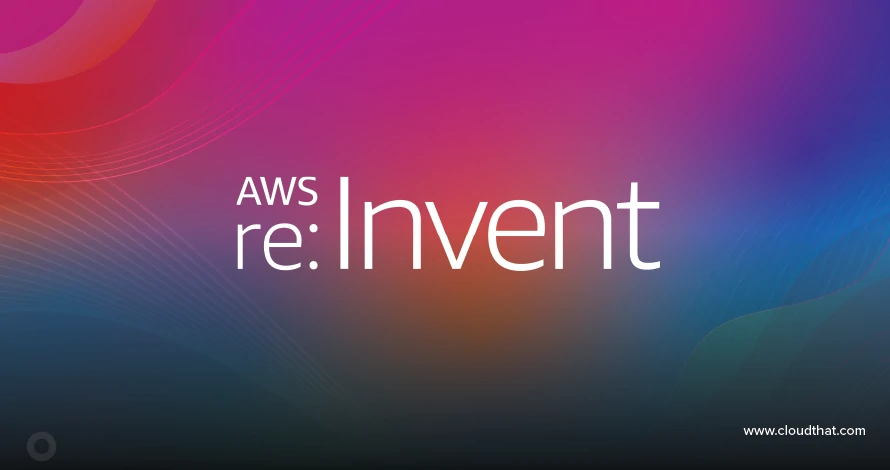|
Voiced by Amazon Polly |
In recent times, organizations are looking to work across multi-cloud and hybrid cloud environments to achieve digital transformation for their businesses. They are interested in developing cloud-native applications that can be easily deployed in cloud-native infrastructure.
The Cloud Native Computing Foundation CNCF defines cloud-native applications and infrastructure as follows:
“Cloud-native technologies empower organizations to build and run scalable SRP (Single responsibility principle) based microservers (m11s) based applications in modern, dynamic environments such as public, private, and hybrid clouds. Containers, service meshes, microservices, immutable infrastructure, and declarative system exemplify this approach.
These techniques enable loosely coupled systems that are resilient, manageable, and observable. Combined with robust automation. They allow engineers to make high-impact changes frequently and predictably with minimal toil.”
Generally, cloud-native applications are developed by using the microservices (m11S) architecture style. m11s application is based upon the SRP principle. An m11s should do only one thing and do it well. m11s should have characteristic like containerization, Agility with DevOps methodologies and automatic frequent deployment, resiliency, elastic scaling and end to end security. m11s should be deployed in a cloud environment which has now evolved into a cloud-native environment.
CNCF provided a trail map for the cloud-native journey. While this is not a guide for moving to cloud-native, CNCF has recorded the way many enterprises have moved to cloud-native.
We will examine that how the various application and Infrastructure services provided by Microsoft Azure can speed up the enterprise journey to cloud-native.
Freedom Month Sale — Upgrade Your Skills, Save Big!
- Up to 80% OFF AWS Courses
- Up to 30% OFF Microsoft Certs
- Ends August 31
1. Containerization
User can create a docker file and build it to create custom container Images. Images can be pushed to ACR (Azure Container Registry). ACR is a managed, private Docker registry service based on the open-source Docker Registry 2.0. ACR can be used to build, store, secure, scan, replicate and manage container images and artefacts with fully managed, geo-replicated instances. It can be connected across multiple environments, including Azure Kubernetes Service and Azure Red Hat OpenShift and across other Azure services like App Service, Machine Learning and Batch.
2. CI/CD Pipeline
Using Azure CI/CD & DevOps methodologies, users can build CI/CD pipeline for continuous build and deployment of containerized applications. CI/CD increase the developer velocity across the entire software pipeline – dev, test, staging and production environment.
Azure also supports a bridge to Kubernetes extension which allows developers to work directly with the microservice which they are debugging, on their own machine, while interacting with the rest of the Kubernetes cluster. This approach takes advantage of the familiarity and speed of running code directly on their development machine while sharing the dependencies and environment provided in the production cluster. bridge to Kubernetes drastically improves developer velocity. This approach also takes advantage of the fidelity and scaling that comes from running in AKS (Azure Kubernetes Service) production grade. Bridge to Kubernetes extension can be easily added to visual studio code.
3. Orchestration and Application Definition
Azure Kubernetes Service (AKS) can easily create a Kubernetes cluster on which containerize applications can be deployed. AKS can scale containerize applications on a planet-scale. Read more about Cluster Networking in Kubernetes for more information about Orchestration.
4. Observability and Analysis
Observability and analysis are big challenges in the microservice ecosystem as a number of microservices (up to 600) can be large in a microservice production deployment. We need to have a new kind of monitoring products for matrix, end to end tracking and logging.
Prometheus is a popular open-source metric monitoring solution and is a part of the Cloud Native Compute Foundation landscape. Many customers like the extensive metrics that Prometheus provides on Kubernetes. In addition to this, AKS also uses an Azure monitor for a container which provides fully managed, out-of-the-box monitoring for AKS clusters.
5. Service Proxy, discovery and Mesh
A service mesh separated capabilities like traffic management, resiliency, policy, security, and observability to workloads. Applications are decoupled from these operational capabilities and the service mesh moves them out of the application layer, and down to the infrastructure layer.
Open Service Mesh (OSM) add-on is a lightweight and extensible cloud-native service. Mesh is now available as an AKS extension in public preview. With this add-on, customers can use the service mesh capabilities with AKS.
6. Network, Policy & Security
In AKS, deployment is done in a cluster that uses one of the following two network models:
- Kubernetes networking is supplying basic built-in network capability in Kubernetes.
- In Kubernetes, the network resources are typically created and configured as the AKS cluster is deployed.
- CNI Support – AKS provide the CNI support via AKS Azure Container Networking Interface (CNI). AKS CNI has the following advantages over Kubernetes:
- Every pod gets a real and routable IP (Internet protocol) address
- It provides better performance even on a large cluster in comparison to Kubernetes.
- AKS also provides support for Open Policy Agent(OPA). OPA provides support for apply custom policies (Authorization) in a large scale microservice deployment.
7. Distributed Databases and Storage
Azure Cosmos DB is a fully managed, multi-model, globally distributed NoSQL cloud-native database for modern app development. It provides Single-digit millisecond response times, and automatic and instant scalability, guaranteed speed at any scale. Business continuity is assured with SLA-backed availability and enterprise-grade security. Developer productivity is enhanced.
8. Streaming and Messaging
is azure event-driven serverless offering. We can develop azure function using different run time and languages. Azure messaging services are Event Grid, Event Hub and Service Bus. Azure Event Grid allows you to easily build applications with event-based architectures. Event Grid also supports CloudEvent schema. CloudEvents schema simplifies interoperability by providing a common event schema for publishing and consuming cloud-based events.
Azure Event Hubs is a big data streaming platform and an event ingestion service. It can receive and process millions of events per second. Data sent to an event hub can be transformed and stored by using any real-time analytics provider or batching/storage adapters. Event Hubs provides an endpoint compatible with the Apache Kafka® producer and consumer APIs that can be used by most existing Apache Kafka client applications as an alternative to running a separate Apache Kafka cluster which has a lot of administrative overhead.
Azure API Management (APIM) helps organizations to publish APIs to external, partner, and internal developers to unlock the potential of their data and services. APIM also supplies a way to create consistent and modern API gateways for existing back-end services.
Large enterprises and MNCs can healthily migrate or adopt cloud-native architecture to expand their business beyond zenith. Responsible planning and strategies need to be planned out post-migration. Several organizations and enterprises are making huge profits by adopting cloud-native architecture.
Freedom Month Sale — Discounts That Set You Free!
- Up to 80% OFF AWS Courses
- Up to 30% OFF Microsoft Certs
- Ends August 31
About CloudThat
CloudThat is an award-winning company and the first in India to offer cloud training and consulting services worldwide. As a Microsoft Solutions Partner, AWS Advanced Tier Training Partner, and Google Cloud Platform Partner, CloudThat has empowered over 850,000 professionals through 600+ cloud certifications winning global recognition for its training excellence including 20 MCT Trainers in Microsoft’s Global Top 100 and an impressive 12 awards in the last 8 years. CloudThat specializes in Cloud Migration, Data Platforms, DevOps, IoT, and cutting-edge technologies like Gen AI & AI/ML. It has delivered over 500 consulting projects for 250+ organizations in 30+ countries as it continues to empower professionals and enterprises to thrive in the digital-first world.

- ACR
- AKS
- APIM
- Azure API Management
- Azure Container Networking Interface
- Azure Container Registry
- bridge to kubernetes
- CI/CD pipeline
- Cloud Native Architecture
- cloud native conpute foundatin landscape
- CloudEvent schema
- CNI
- containerization
- Event Grid
- Event Hubm Service Bus
- Microservices
- NoSQL
- OPA
- Open Policy Agent
- open service mesh
- OSM

WRITTEN BY Anusha Shanbhag
Anusha Shanbhag is an AWS Certified Cloud Practitioner Technical Content Writer specializing in technical content strategizing with over 10+ years of professional experience in technical content writing, process documentation, tech blog writing, and end-to-end case studies publishing, catering to consulting and marketing requirements for B2B and B2C audiences. She is a public speaker and ex-president of the corporate Toastmaster club.


 Login
Login


 April 26, 2021
April 26, 2021 PREV
PREV










Akhila Dhavaleswarapu
Jan 9, 2022
very useful blog